Just off the coast of Haskell’s Beach, four lone towers stand in the middle of the ocean. Oftentimes, they go unnoticed to the average beach-goer. However, what seems to be an unnamed, mysterious structure is actually a nearly one-hundred-year-old pier known as Bird Island.
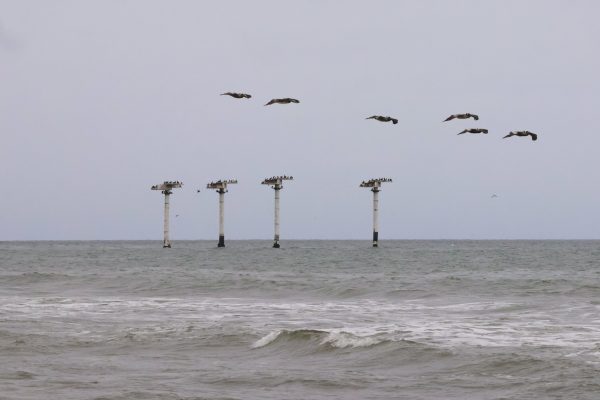
Oil Rush
In the 1930s, Goleta gained prominence following the discovery of a major oil deposit beneath what is now the Sandpiper Golf Course. The deposit produced the richest crude oil found in California at the time. As word of the oil strike in Goleta spread across the state, oil companies immediately surged to town. The companies’ arrival spurred the construction of new piers along the coastline, and among them was Bird Island.
As the years passed, the oil production began to slow down in Goleta, leading to the capping of wells and the departure of oil companies. By the 1950s, the wells were either permanently plugged or abandoned, and plans to remove the piers were underway. Bird Island was no exception.
In 1956, Bird Island was officially detached from its pier, and left behind in the ocean for what are still unknown reasons. The removal of the piers along the coastline left the shores quite hazardous, with pipes and pilings being exposed in shallow water. Bird Island, however, did not seem to cause such a disturbance, instead becoming a local fishing destination and an addition to the Haskell’s Beach scenery over the years.
Storm of 1980
Bird Island held strong and stable throughout the next three decades, until the storm of 1980. The storm caused significant damage to the already half-a-century old structure, leaving scientists to believe that it would not be able to withstand another natural disaster.
After 1980, Bird Island started to lose its fishermen visitors due to the island’s new instability and possible danger. With the absence of fishermen, birds became curious about the island, eventually claiming it for themselves. In doing so, a bird roost was created, attracting the attention of biologists and bird organizations. A group from the U.S. Geologist Survey even spotted and photographed some Brandt’s Cormorants using the island as a nesting place.

Bird Island 2.0
In 1999, a local Santa Barbara bird watcher saw a very rare California bird sighting on the island; a Brown Booby. Along with the rare Brown Booby, Brown Pelicans and various gulls also found the place to be a favorite spot to lurk.
Although a haven for the local birds, Bird Island was deemed too hazardous and harmful for the coast, leading to the decision for removal. However, in 2002, an environmental review took place where the California Fish and Game Department expressed concerns about the potential loss of habitat Bird Island provided for the local birds.
Instead of removing the island, plans were made to replace the structure with something that could accommodate the nesting and roosting in a safer and more sustainable way. The plans were followed through and construction of the new Bird Island began soon after.
After the new Bird Island was finally constructed in December of 2005, the Audubon Society was placed in charge of monitoring the local bird’s use of the new island. The society studied the island for the next five years, comparing the bird’s usability of the old and the new Bird Island.
Old vs. New
A few Cormorants were immediately attracted to the new Bird Island after it was placed. However, it wasn’t certain that the birds would use and enjoy the new Bird Island as much as the old pier. Within the first month, the new Bird Island was introduced, and as many as 79 cormorants had been counted on the structures at once. In comparison to the old island, which had 200-plus cormorants, the new Bird Island did not achieve as many cormorant visitors. Still, the stats began to look promising.
Over the last two decades, the new structure has been a fan favorite of the cormorants, gathering more than ever seen before. As for the gulls, pelicans, and other bird species, the number of visitors to Bird Island has been a little less compared to the old island that once stood. Nevertheless, Bird Island is still considered a home to every bird visitor it has.


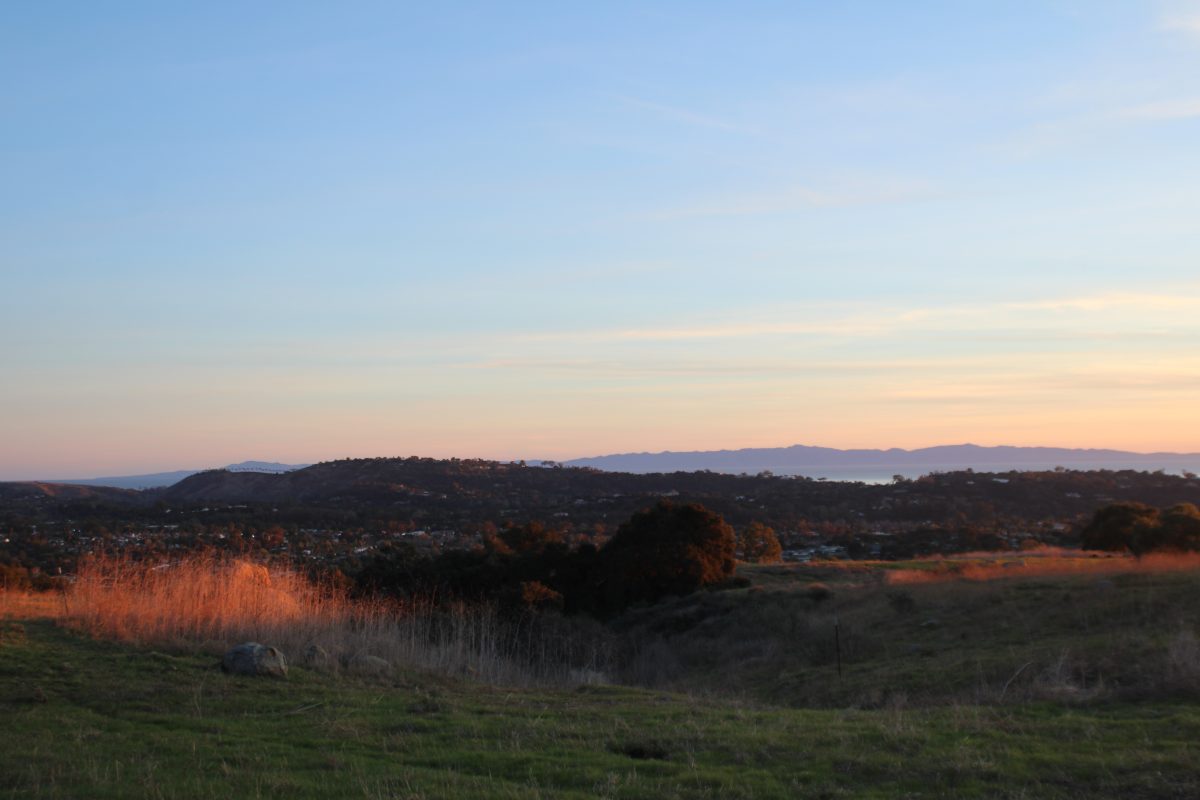

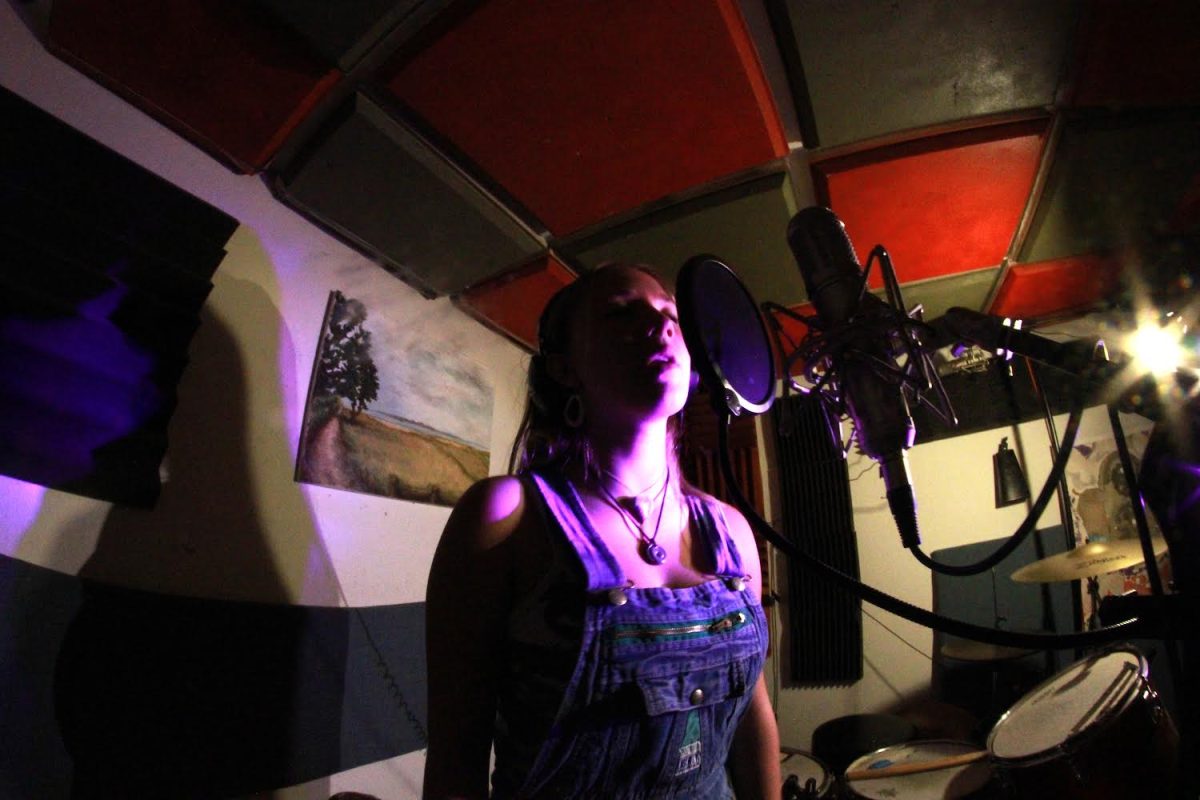

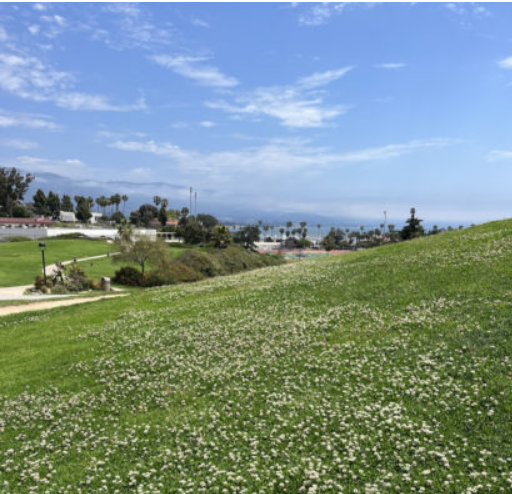


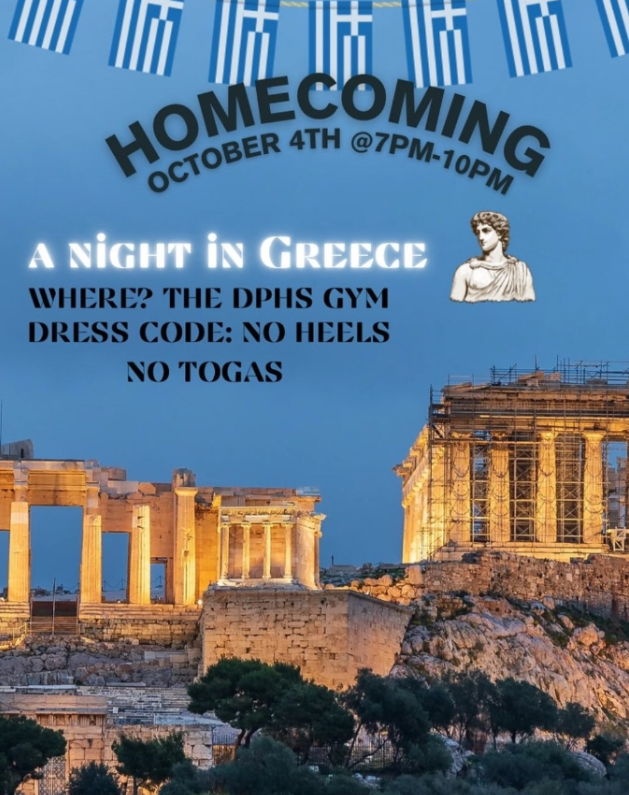

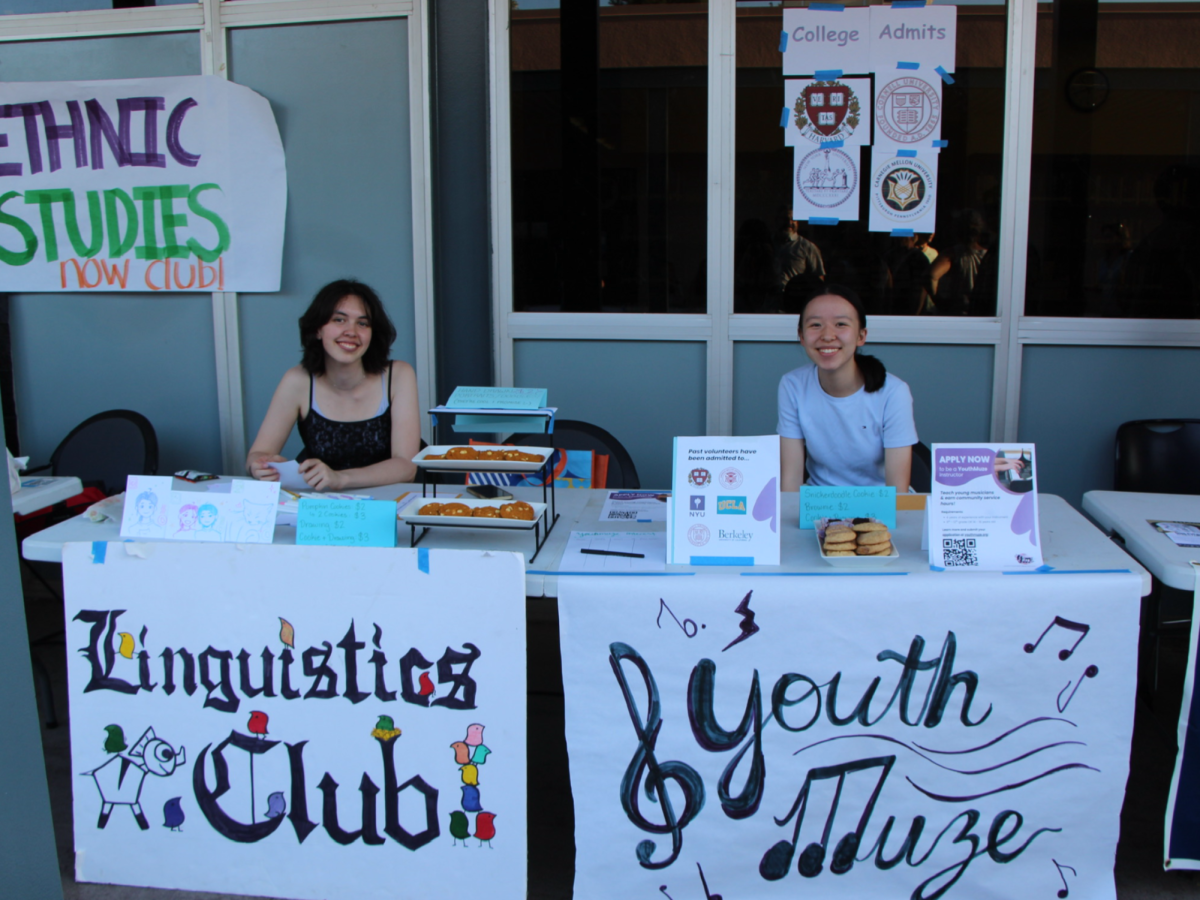


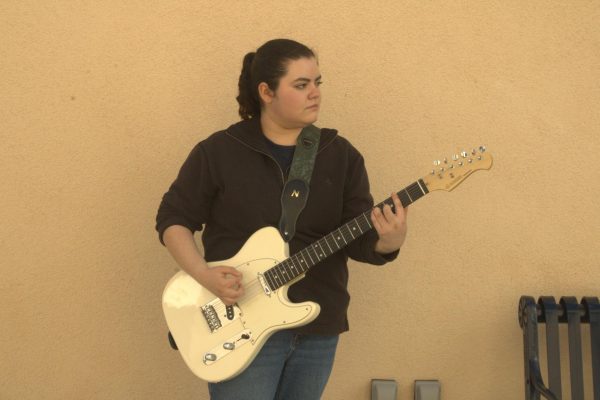
Birdlover • May 20, 2024 at 2:47 pm
I love birds so much. Because you have made this I am so happy because I love birds. Thank you for educating me in the way of birds. I love birds.